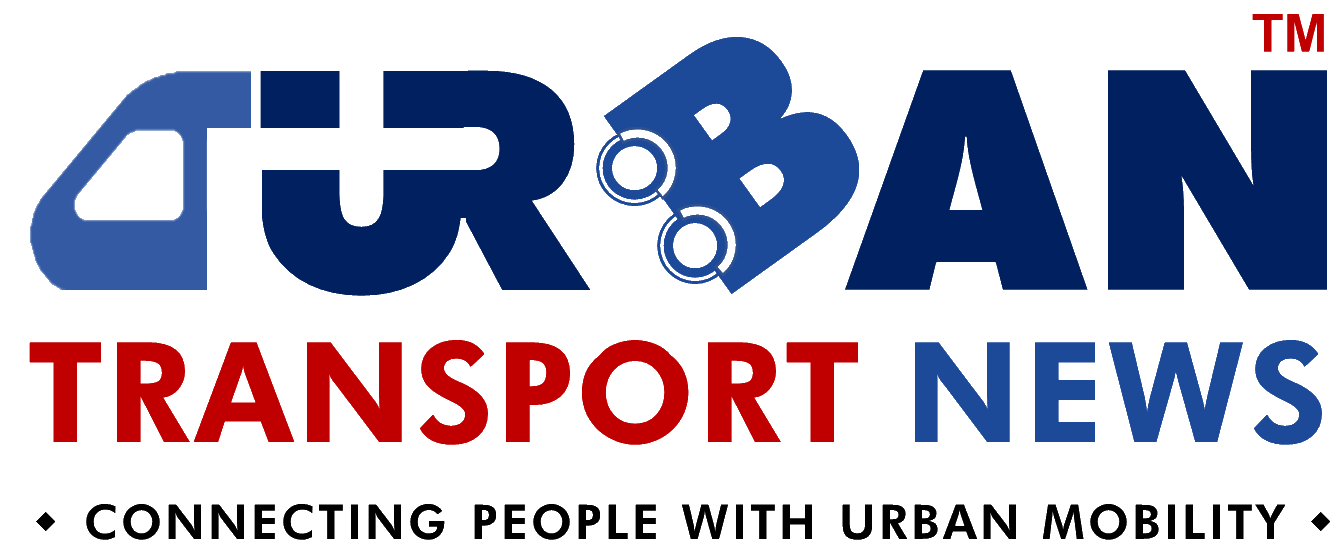
New Delhi, India (Urban Transport News): The Ministry of Housing and Urban Affairs (MoHUA) in an
advisory issued to the States, Union Territories, Cities, and Metro Rail Companies has suggested a three-pronged strategy which may be adopted in a phased manner. The phase may be defined as short (within 6 months), medium (within 1 year) & long term (1-3 years). The advisory issued by the MoHUA suggests:-
Encourage & Revive Non-Motorised Transport (NMT)
As most of the urban trips are clocked in under 5 km,
NMT offers a perfect opportunity to implement in this COVID 19 crisis as it requires low cost, less human resource, easy & quick to implement, scalable, and environment friendly.
Recommencing Public Transport with greater confidence of Commuters
Public transport is the backbone in urban areas especially for the low/middle-income commuters for which these services are the mainstay of their daily transit needs. However, it is imperative at this stage that transmission of infection through the usage of public transport should be curbed by adopting the right sanitization, containment, and social distancing measures.
Active utilization of technology to curb the spread of Corona Virus
Enabling technologies such as
Intelligent Transportation System (ITS), indigenous cashless and touchless systems like BHIM, PhonePe, Google Pay, PayTM etc.and National Common Mobility Card (NCMC) will reduce human interaction, in operations of public transit systems.
The advisory has been issued in view of the outbreak of COVID-19 pandemic which has suddenly impacted our way of life and that of our local, regional, and global transport systems.
Evidence shows that there is a steep drop in public transport ridership volumes by 90%. Further, it has been observed that there is up to 60% reduction in air pollution. Re-establishing the earlier level of ridership in public transport is a big challenge for cities, as people may be looking for more options especially personal modes that allow for safer travel in the post lockdown scenario.
In order to avoid the resurgence of car and other private vehicle usages, many cities around the world have encouraged e-ticketing, digital payments and reallocating street space for cycling and pedestrians through street closures, creating Non-Motorized Transport (NMT) priority zones, pop-up bike lanes & sidewalks, providing parking and charging equipment and financing options to make
cycling more accessible.
Various studies conducted by MoHUA show that about 16-57% of urban commuters are pedestrian and about 30-40% of commuters use bicycles in the country depending on the size of the city. Considering this as an opportunity, elevating the priority of these modes in this testing times gives travellers another private vehicle alternative, which is clean, safe, secured particularly if it is integrated with other modes and affordable for all. This area is one of the thrust areas of the National Urban Transport Policy-2006. It will also generate employment opportunities for the workforce in the NMT industry.
India has a robust 700 km of
operational metro rail in 18 major cities and a BRT network of about 450 km operational in 11 cities across the country carrying 10 million passengers daily. But due to the social distancing norms being practiced, their capacities would be utilized at 25 to 50 percent of pre-corona virus levels. Such dramatic and dynamic changes in demand and supply will require complementing these public transport systems with alternative modes of transit.
"MoHUA has undertaken several rounds of discussions with the subject matter experts, industry experts, operators, World Bank, and other eminent urban transport experts in the country and other parts of the world, who have clearly outlined, that there will be a change in the character of urban mobility
post-COVID-19. With a sense of insecurity in the minds of the public in travelling in public transport during these testing times, in all possibilities, there will be an increase in the number of private vehicles on road, which will not only create pollution but eat away space for other modes of public transport besides adversely affecting road safety and increase air pollution level and serious congestions on the roads," said in the advisory.
However, in India, where ownership of personal modes is still at a relatively low level and a large majority of public transport users are captive users with limited transport options, providing safe and reliable mobility options for these users will be a priority for cities, especially those that can no longer be catered owing to the capacity constraints imposed by social distancing. Public transport, both buses, and metro form the backbone of many cities, and with more than halving of capacity, cities will need to ensure alternative mobility options to keep their cities moving as the economies restart.
In the advisory, MoHUA said that COVID-19 has given us the opportunity to visit different Public Transport options and come out with solutions, which are green, pollution-free, convenient, and sustainable. Such a strategy has to give a major focus on Non-Motorized Transport and Public Transport with the use of technology in a big way for making all kinds of payments before or during the transit and providing information systems to commuters. Even the shopping area should and gradually be pedestrianized to decongest them and make them more accessible to the public for a pleasant and safe experience.
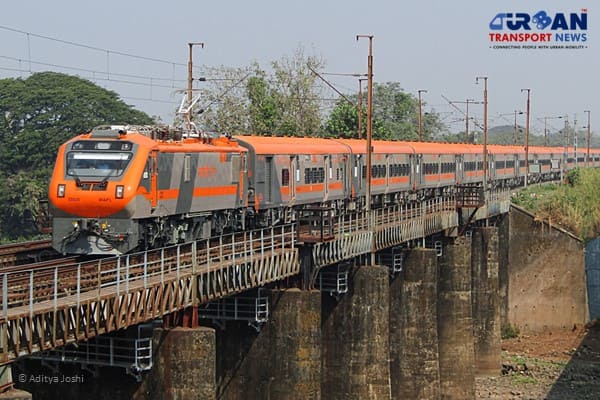 India and Bhutan to Build First-Ever Rail Link: ₹4,033 Cr Project to Boost Regional Connectivity
India and Bhutan to Build First-Ever Rail Link: ₹4,033 Cr Project to Boost Regional Connectivity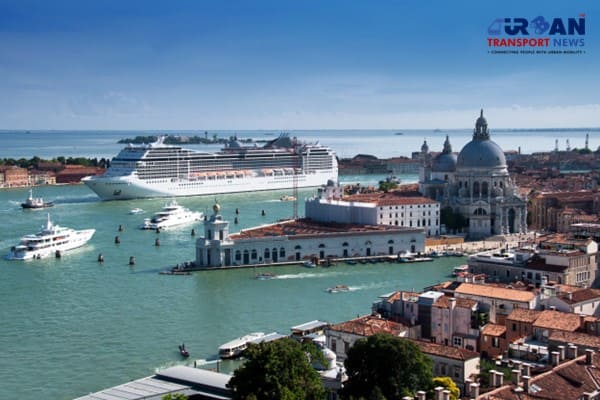 Patna to launch Eco-Friendly Water Metro; Trial Run soon between Digha and Kangan Ghats
Patna to launch Eco-Friendly Water Metro; Trial Run soon between Digha and Kangan Ghats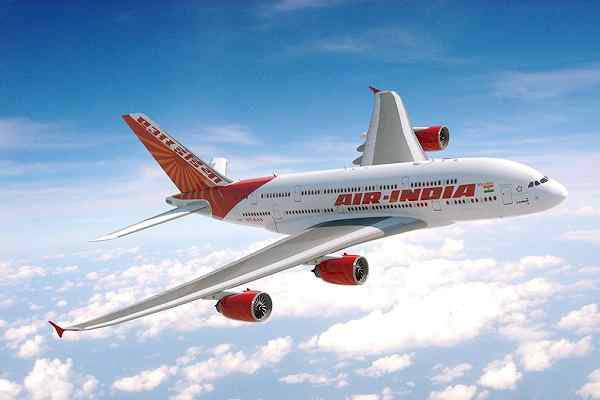 Air India Group set to launch Flights Operations from Navi Mumbai International Airport
Air India Group set to launch Flights Operations from Navi Mumbai International Airport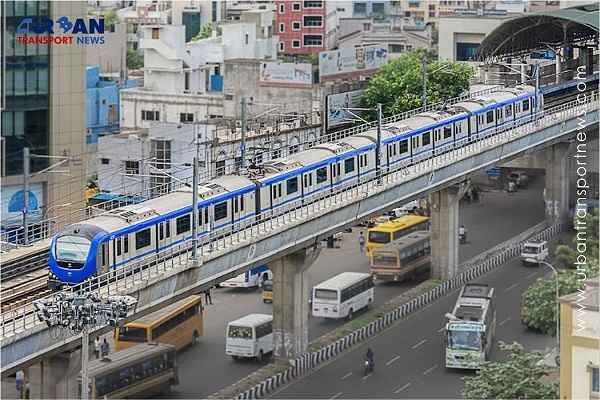 Chennai to launch 25-Year Mobility Plan with Unified QR Ticketing and One-App Transit System
Chennai to launch 25-Year Mobility Plan with Unified QR Ticketing and One-App Transit System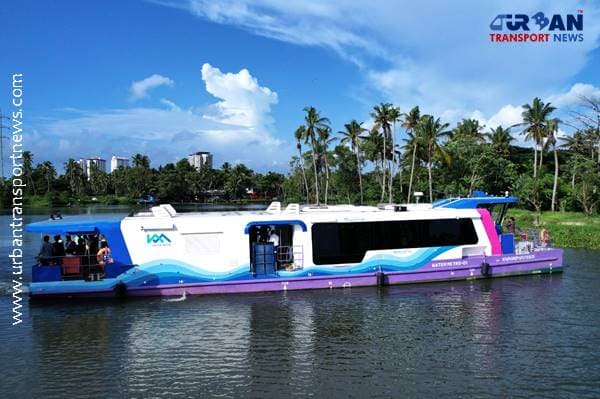 Kochi Metro bags ₹4.4 crore contract to prepare DPR for Mumbai Water Metro Proejct
Kochi Metro bags ₹4.4 crore contract to prepare DPR for Mumbai Water Metro Proejct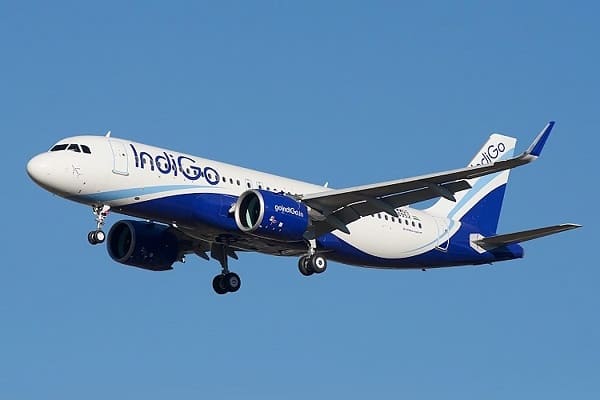 Navi Mumbai International Airport set for September launch; IndiGo and Akasa Air to lead Operations
Navi Mumbai International Airport set for September launch; IndiGo and Akasa Air to lead Operations Noida International Airport to be Inaugurated on October 30, Commercial Flights in 45 Days
Noida International Airport to be Inaugurated on October 30, Commercial Flights in 45 Days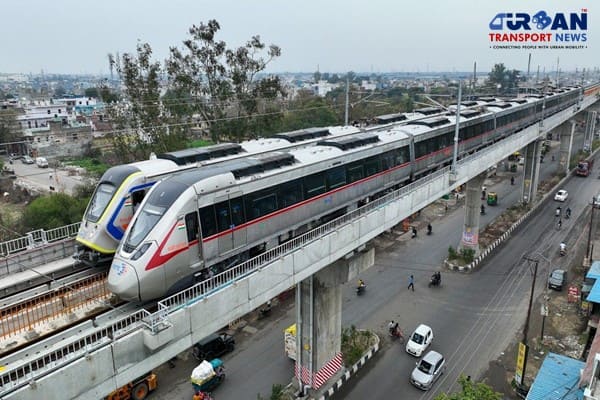 India Makes History: Namo Bharat RRTS and Meerut Metro to Run on Same Track
India Makes History: Namo Bharat RRTS and Meerut Metro to Run on Same Track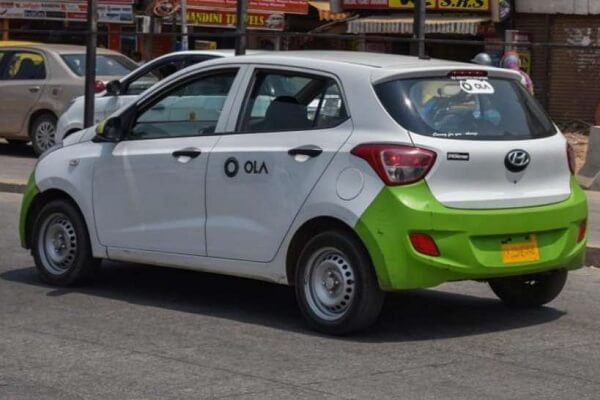 How the Standard for Car and Truck Wheels Is Changing
How the Standard for Car and Truck Wheels Is Changing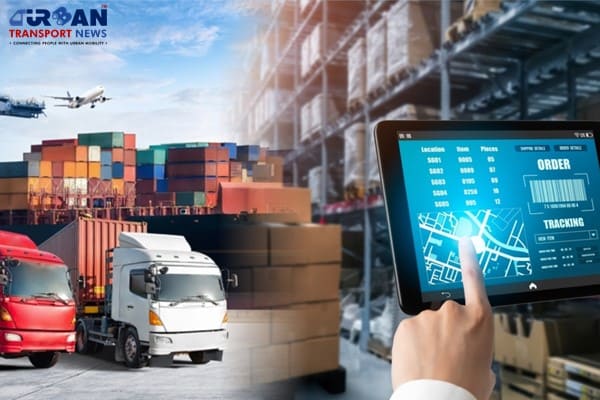 How Cross-Docking Is Reshaping Urban Logistics
How Cross-Docking Is Reshaping Urban Logistics
